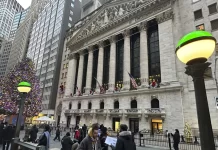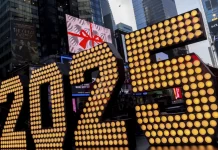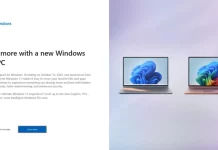
When you’re young and just starting out, you can take more risk with the investments you’ve earmarked for retirement. After all, if you start in your 20s, you’ve got more than 40 years to grow your nest egg, and it’s easier to weather the ups and downs of the market.
But as you approach your nonworking years, it’s crucial to make sure you’ve got a clear plan for how you can afford to live on a fixed income as well as an understanding of where and how your cash is invested.
“The closer you get to retirement, the less risk you should take and more attention you should pay to what options qualify as less risky,” says Ivory Johnson, certified financial planner and founder of Delancey Wealth Management.
Select spoke with financial experts to get their best advice on where you should put your money if retirement is right around the corner. Here are some low-risk options to consider:
High-yield savings accounts
While some of your money should be in the stock market, it’s also good to have more on hand in a savings account that’s easily accessible.
“When entering retirement, it’s important to have an appropriate amount of cash available for short-term expenses and contingencies,” says Gregory DePalma, CFP and director of advisory services at Personal Capital.
A good rule of thumb is to have about three to six months worth of expenses in accessible reserves split between your checking and savings, says Shon Anderson, CFP at Anderson Financial Strategies. Keep one to two months of expenses in your checking, and two to four months of expenses in your savings.
As your lifestyle may change in retirement, make sure you’re allocating enough into savings to match your new monthly expenses. Perhaps you downsized so your costs are lower or, on the other hand, your expenses could be higher if you have more medical bills or you’ve moved to a new city.
With a high-yield savings account, you can earn more interest than you would in a traditional savings, plus your money is FDIC-insured for up to $250,000 per account type per bank.
The Marcus by Goldman Sachs High Yield Online Savings offers an above-average APY, no fees whatsoever and easy mobile access. It’s the most straightforward savings account to use when all you want to do is grow your money with zero conditions attached.
Another option is the American Express® High Yield Savings Account that also has a higher-than-average APY and no fees, plus it allows savers up to nine free withdrawals or transfers per month (an increase from the traditional six).
Short-term bonds
After safeguarding some cash in savings, look to low-risk investments that allow you to preserve capital while also earning a bit more than you would in a savings account. Short-term bonds are a good option because they aren’t influenced as much by future volatility.
The challenge with low-risk investments is that rising inflation can eat away at their value over time. To counter this, you should consider putting your money in Treasury Inflation-Protected Securities, or TIPS. These are government bonds that mirror the rise and fall of inflation. Not only are they a safe investment, but they help you diversify your future retirement income.
TIPS bonds pay interest twice a year at a fixed rate, and they are issued in 5-, 10- and 30-year maturities, so you can choose which best matches your timeline to retirement. At maturity, investors are paid the adjusted principal or original principal, whichever is greater.
Bottom line
As retirement creeps closer and closer, one of the best thing you can do with some of your money is to put it somewhere safe and accessible. High-yield savings accounts and short-term bonds allow your cash to grow with low risk, plus TIPS help to hedge rising inflation.
Ideally, soon-to-be retirees should work with a financial advisor to review their individual savings and investment plans to make sure they’re on track for all their goals.
























